Marine
Monitoring Marine Phytoplankton
February 10, 2012 by sfraser 5 Comments | Category Marine Directorate Science
The Marine Scotland Science Coastal Ecosystem Monitoring Programme examines a variety of different marine parameters at a number of sites around the Scottish coast. By measuring temperature, salinity, nutrients and plankton at these sites we can identify and increase our understanding of changes that may be occurring in Scottish coastal waters. These data are also used to fulfil the requirements of European legislation relating to the marine environment such as the Water Framework Directive and the Marine Strategy Framework Directive. The map below shows where the sites included in the monitoring programme are located and what samples are collected. Over the next few months we will be explaining the role each of these parameters play in describing the marine environment and how the data generated by the monitoring programme contributes to our ability to assess the health and biological diversity of the seas around Scotland.
The first parameter to be featured is phytoplankton.
What are marine phytoplankton?
Phytoplankton are single-celled organisms which live in the sea. Most are similar to the plants in your garden as they contain the green pigment chlorophyll which they use to harvest light energy from the sun. This energy is used to convert carbon dioxide, which they extract from the water, to sugars by the chemical process known as photosynthesis. The phytoplankton use the sugars to grow and reproduce. When environmental conditions in the ocean are right (see below), phytoplankton can reproduce very quickly and very high numbers of cells may be found in an area. This natural phenomenon is called a ‘phytoplankton bloom’.
Phytoplankton form the basis of the marine food web, providing a food source for zooplankton (small animals) which in turn are eaten by fish and shellfish larvae.
Different types of Phytoplankton
Phytoplankton are so small they can only be seen using a microscope. When you go swimming in the sea you are surrounded by phytoplankton but are not able to see any of them. A single drop of seawater can contain a myriad of different types of phytoplankton cells as in the picture below.
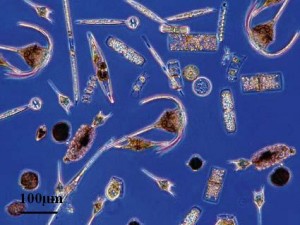 This is what a drop of water may look like when viewed with a light microscope. This array of phytoplankton cells is only a small sample of their astonishing diversity.
This is what a drop of water may look like when viewed with a light microscope. This array of phytoplankton cells is only a small sample of their astonishing diversity.
Despite the fact that phytoplankton are composed of one single cell, there are a huge variety of different types of phytoplankton, and these have varied and complex life cycles. The main types are:
(1) Dinoflagellates: Range in size up to 2000 micrometres (or up to 0.08 inches). They have two hair like structures called flagellae which they use to move through the water.
A dinoflagellate cell viewed by a scanning electron microscope.
2) Diatoms: May be up to 500 micrometres (0.002 inches) in width and all have an outer shell of silica (a hard substance made from chemicals the diatom extracts from sea water). They cannot move through the water by themselves, but some diatoms can form long chains of cells or have spines which help them to float in the water.
These cells are all different types of diatoms viewed with a light microscope.
(3) Small flagellates: Are much smaller in size than dinoflagellates or diatoms. These cells are so tiny that in many instances a very powerful tool such as an electron microscope is needed to identify them. As their name implies, they have flagellae to help them move through the water. Although extremely small, these cells are very abundant in Scottish waters.
Two tiny flagellae are just visible on this “small flagellate” viewed with a light microscope. An electron microscope is needed to see more detail.
(4) Coccolithophores: These are very small cells which also have flagellae to help them move through the water, with an outer case made of plates of calcium carbonate (another hard substance made from chemicals in sea water and which forms the basis of chalk). They can form very dense blooms and be so abundant that their hard outer plates turn the sea a milky white colour. Such blooms can be detected from space by satellites.
A coccolithophore cell viewed by a scanning electron microscope. Its type can be identified by the details of the plates.
Even with the technology available today there are many phytoplankton about which little is known. In Scottish waters there are phytoplankton that have yet to be identified and formally described.
The Right Conditions for a Bloom
Phytoplankton blooms form in the sea when the single cell organisms can get all the requirements they need to grow and reproduce rapidly. Phytoplankton need the energy from sunlight, so they must be allowed to float in the upper parts of the sea where sunlight can reach. This means weather conditions need to be calm so that waves do not mix the phytoplankton downwards away from the sunlight. The phytoplankton also need the right chemicals to be present especially nutrients which they need to grow. One of the best times to observe phytoplankton blooms is during the spring. At this time seawater is often full of nutrients following the winter period and the weather becomes more calm. Blooms can form throughout the year under the appropriate conditions and different types of phytoplankton can bloom at different times of year.
Why are phytoplankton important?
Phytoplankton are the focus of interest for many scientists and policy makers as the size and make-up of the all the phytoplankton in our seas, called the phytoplankton community, can be affected by a variety of environmental factors such as climate change or nutrient enrichment (eutrophication). As phytoplankton are at the base of the food chain, changes at this level of the marine ecosystem can affect the different parts of the food web that depend on this source of food and energy.
Some phytoplankton species can have harmful affects on the marine ecosystem. For example, they can produce natural biological poisons (biotoxins) that can result in closures of areas where shellfish such as scallops are caught by fishermen, or can kill animals that live on the sea bed or fish grown in fish farms. These events are known as harmful algal blooms.
Phytoplankton studies at MSS
Marine Scotland Science have an active group of scientists who are investigating different aspects of the phytoplankton community. Over the next few months we will explain some of the work undertaken in the lab in more detail.
Did you know?
Even after death phytoplankton organisms have a huge impact on our lives today. Their decomposed organic material have formed oil and gas reserves under our oceans, while on land their skeletons have built landscapes such as the White Cliffs of Dover.
More information on plankton can be found at http://www.scotland.gov.uk/Topics/marine/marine-environment/species/plankton
and
http://www.scotland.gov.uk/Topics/marine/marine-environment/species/flora
More information on the coastal ecosystem monitoring programme can be found at
http://www.scotland.gov.uk/Resource/Doc/295194/0099701.pdf
Tags: Ecosystem monitoring, phytoplankton

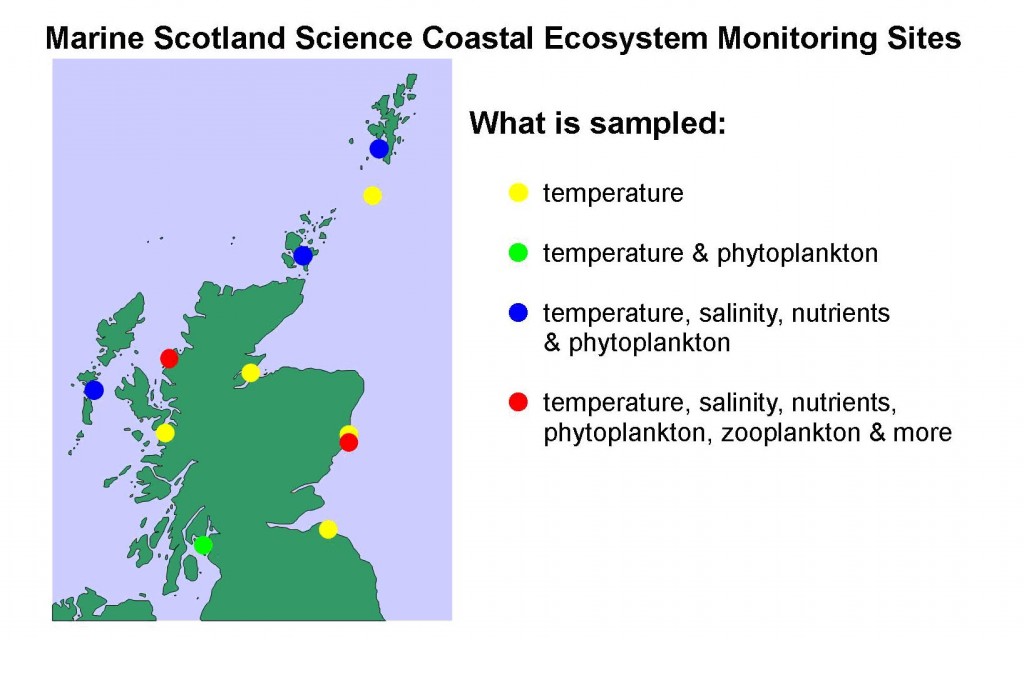

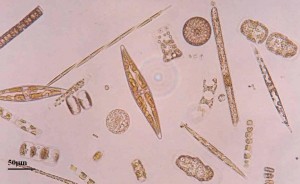
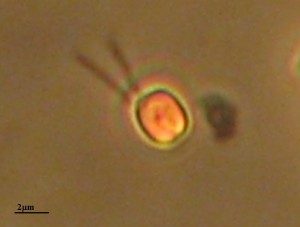
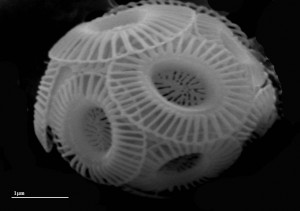

Didn’t know phytoplankton decomposed into oil and gas .
hi !! it’s a very interesting article !! thank you
Yes it is true Matt !
Phytoplankton concentrations in surface waters were estimated to have decreased by about 40% since 1950 alone, at a rate of around 1% per year, possibly in response to ocean warming…
Source : http://en.wikipedia.org/wiki/Phytoplankton
Hello,
I am researching for a BBC program on tidal zones. I was wondering if you had information on plankton blooms in the Hebrides in the months of April, May, June, July.
We need to film in the water in those months and water clarity is quite important to us. Is there a distribution map from last year and other years that show us where (and when!) plankton blooms likely occur.
Also, how long do plankton blooms last in these areas? How dispersed are they? And what’s their concentration?
Your help will be tremendously appreciated. Am not having much luck finding this data.
Kindest regards,
Abi
This article made a very interesting read. It would also be interesting to see how much damage is being caused to our oceans because of these factors, I read somewhere else that phytoplankton in the ocean has reduced by 25% over the last 10 years.